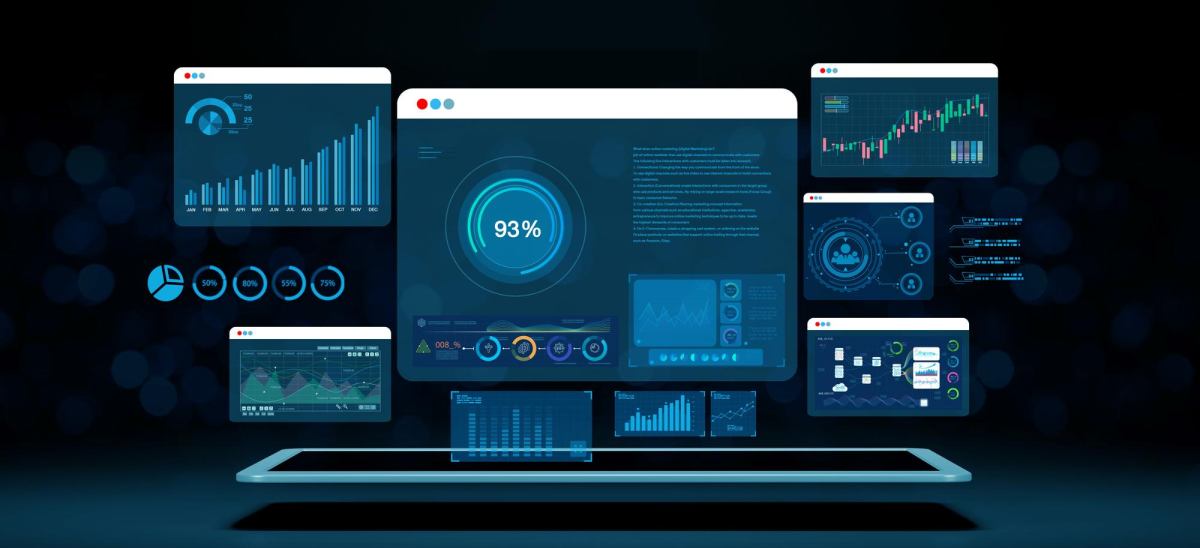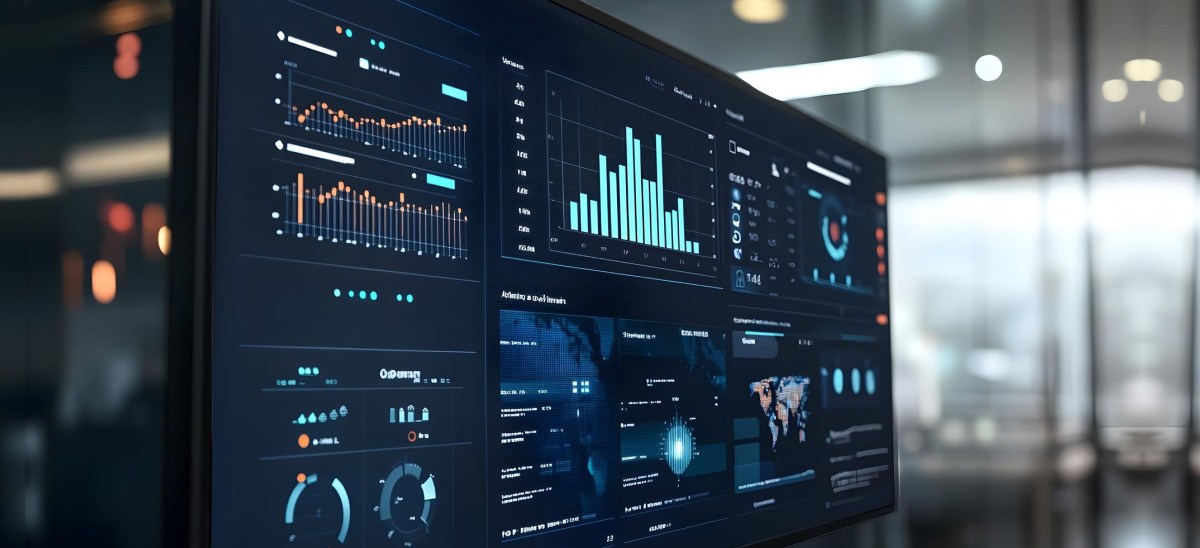Learn how Tableau has aided the business in finding lucrative new sources of income and ensuring that airport operations run like clockwork even in challenging circumstances.
The pre-Tableau era in Aviation
The aviation industry used to spend a lot of time doing the same operations on a daily, weekly, or monthly basis before Tableau was introduced and used because most of the data processes lacked the ability to be automated. They had to manually enter this information into Excel and re-create the same report each week to give senior management the most recent traffic data from the airport, for example. Additionally, it may be difficult to find key insights buried in spreadsheets of flight and traffic data, which means that sometimes the companies might have missed opportunities to improve their operations altogether.
Tableau as a problem solver
Now that most of these previous manual operations are fully automated, hundreds of man-hours can be saved each month. Data is prepared in Alteryx, staged in SQL server databases, and then connected straight to Tableau, where it can be instantly refreshed. A new dashboard can be created at once, and it will never require manual upkeep or updating again. Because data is available whenever they need it, employees become more independent and can effectively address their own queries and analytics requirements. Different teams, including those in finance, capacity planning, operations, engineering services, investment planning, and more, use Tableau in this fashion.
Because of Tableau’s focus on visual analytics, particularly mapping, it is much simpler to spot important patterns and trends in the data, such as newly popular airline destinations. Complex metrics are much easier to comprehend when you have that visual feel of the marketplace. Tableau is made to maximise geographic data, so you can understand both the “where” and the “why.” Without the need for specialised software, everyone can conduct geospatial analysis thanks to out-of-the-box geocoding and beautiful interactive maps of Tableau.
Tableau drives new revenue streams
The Business Development team’s main goal is to increase airport activity and attract additional airlines. To do this, companies must create a strong business case showing that there are unmet passenger demands. For instance, Tableau discovered sizable passenger traffic volumes that were travelling indirectly through other hubs to Dubai. They were able to identify and develop new market prospects for passengers who weren’t previously served thanks to this information.
It used to take a lot of figures to be done crunching to uncover these insights, but today the teams can investigate the data using an automated Tableau dashboard that is updated monthly with ticketing data from the International Air Transport Association (IATA) database. To examine the most recent trends, Tableau can quickly explore the data on a global heatmap. This method saves companies days of manual analytics effort by providing them with the evidence that they need to develop airline offers quickly and persuasively.
Tableau and day-to-day operations
The airports that are open 24 hours a day, 7 days a week, must function flawlessly 24 hours a day. The weather is one of the biggest risks to this since it can abruptly cause serious interruptions. Fortunately, Tableau may be used to lessen the worst consequences. When the meteorological division issues a weather warning, Tableau examines the planned itinerary for the impacted timeframe and looks for airlines that operate several flights to/ from the same location. Then, to lessen the effects of this interruption while maintaining connectivity and customer service standards, Tableau collaborates with these airlines to proactively reschedule or cancel flights and combine the demand with fewer flights.
Beinex being Tableau Premium Partner provide sustainable analytics solutions and help organisations to build superior data visual analytics capabilities internally through our bespoke training programs. We have 100 years of combined experience in Tableau and are led by professionals who have successfully delivered Tableau projects in the region for large private and public sector organisations. Our team of Tableau-certified consultants are real-life Tableau business users who are passionate about Tableau and delivering a world-class experience. We have successfully implemented Tableau in various industrial sectors in the Middle East and in other countries too.
Start a free trial of Tableau. Try now!




